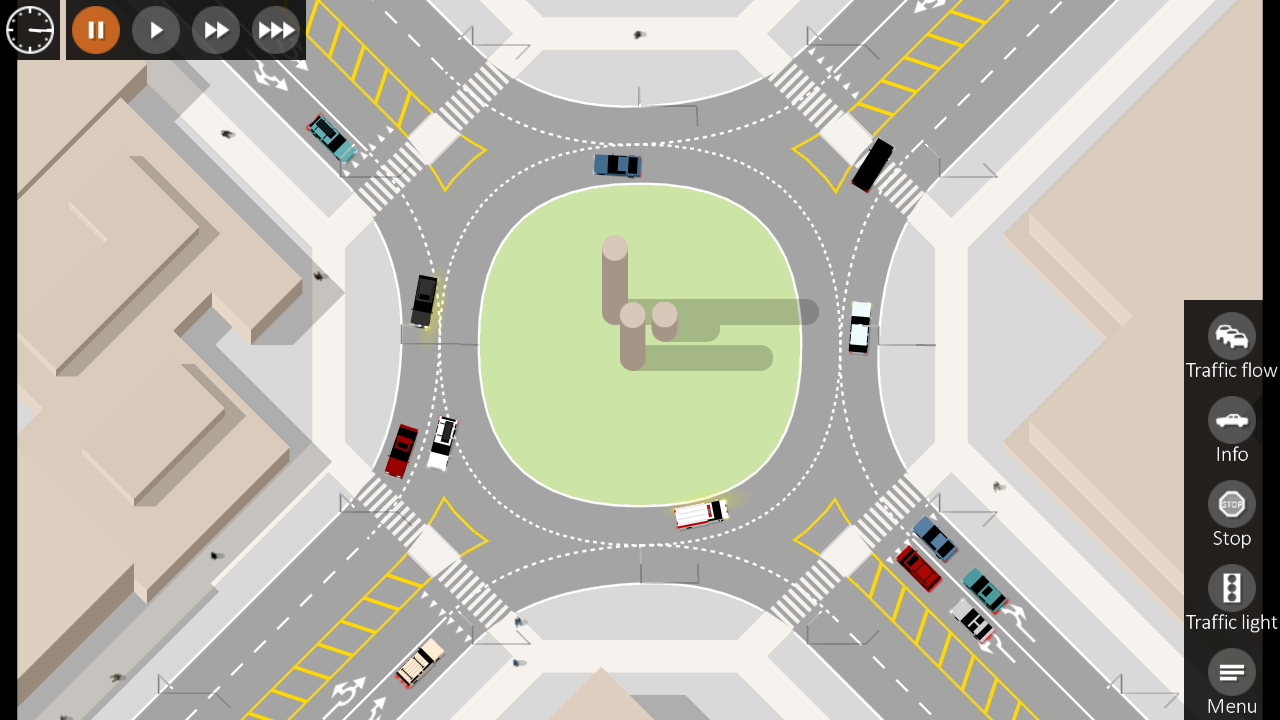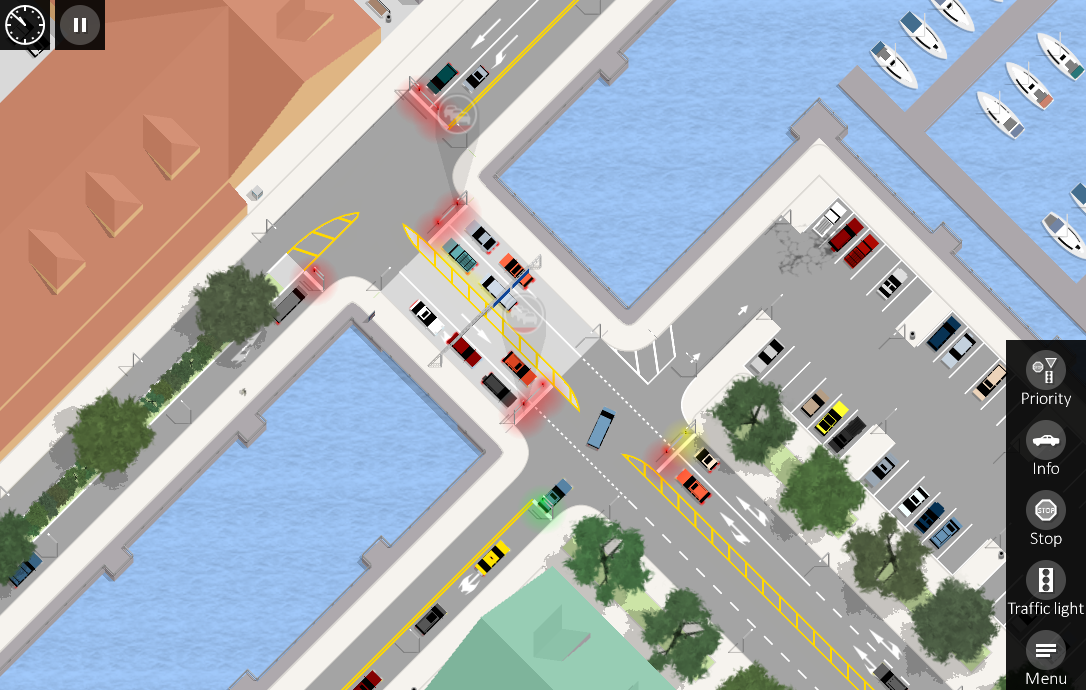

However, in the 1960s, air traffic began to increase at an unprecedented rate. In terms of funding, ATC infrastructure and operation was initially funded by general funds, appropriated annually by Congress. Thisbecame the basic structure for what we have today. In the following decade, with the creation of the US Department of Transportation (USDOT), FAA became a modal administration of this larger cabinet-level department. In response to this, ATC radar was introduced in the 1950s and the Federal Aviation Agency was created in 1958.

However, several high profile accidents caused serious concern about the safety of the skies. The Post-War Era – 1945-1980įollowing World War II, ATC experienced exponential growth. In 1941, in preparation for the war effort, the federal government took over control at airports, and thus began the current system where both en-route and terminal services are provided by the federal government.
UNMATCHED AIR TRAFFIC CONTROL UPDATE HITORY SERIES
In 1936, after a series of accidents, the federal government took over the provision of en-route air traffic control, while control at airports remained a local issue. In the 1920s, technologies like radio communications and ground beacons started to be used to make flying safer. Pilots had to be aware of their surroundings, and separate themselves from other traffic. In the beginnings of aviation industry, there was no formal ATC. Note: It was once said that prior to the 1926 Act, the only laws governing aviation in the U.S. As it evolved, the federal role in aviation ultimately encompassed the economic regulation of airlines, safety oversight over the entire aviation industry, and the provision of air traffic control. The federal involvement with aviation began in 1926 with the Air Commerce Act. Early years of aviation – 1926-1945 Archie League, first air traffic controller (via: Wikipedia) This article, derived from a larger report from the Eno NextGen Working Group, will analyze how the current system came to be, what reform efforts have been proposed in the past, and why have they failed. Congress along with several aviation stakeholders, are once again discussing potential avenues of reform. Here, the Federal Aviation Administration (FAA), a government-run and tax-funded entity, runs the system.


There is, however, a major outlier in this trend towards corporatization: the United States. Here is a short history of air traffic control in the United States by Rui Neiva, Ph.D.)Īmong most developed nations, air traffic control (ATC) has been moving to corporatized forms of provision, with management that is independent from political actors and funding derived from user fees. Fortunately, Eno has on staff the guy who wrote the book on air traffic control reform. Note: Since the House will soon be considering legislation that will fundamentally restructure the way in which air traffic control (ATC) services are provided in the U.S., we thought it would be a good idea to provide readers with some background. Breaux bridge news today.Janu| ENO CENTER FOR TRANSPORTATION January 22, 2016.


 0 kommentar(er)
0 kommentar(er)
